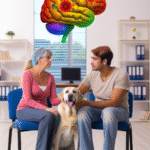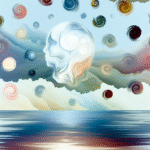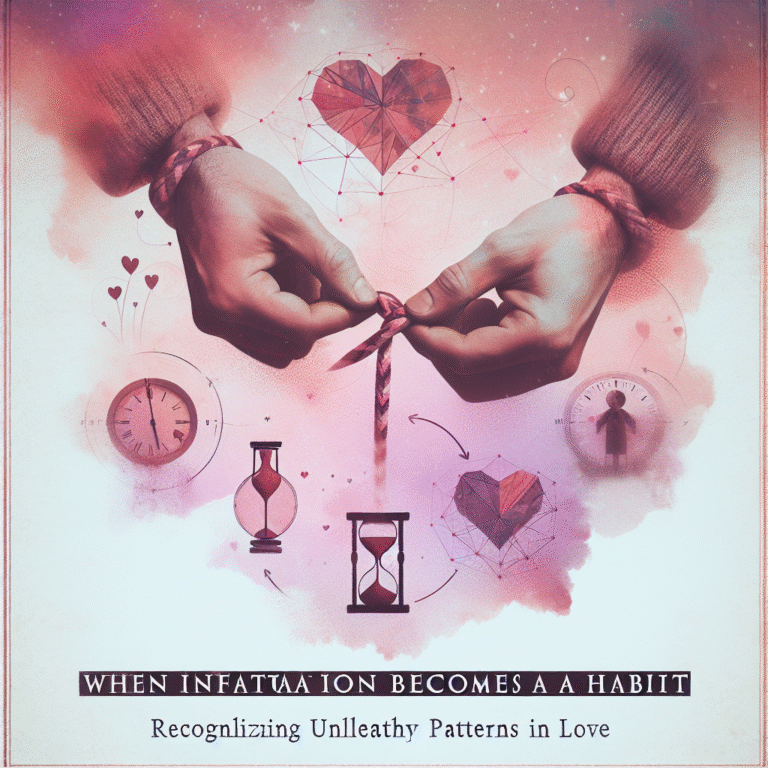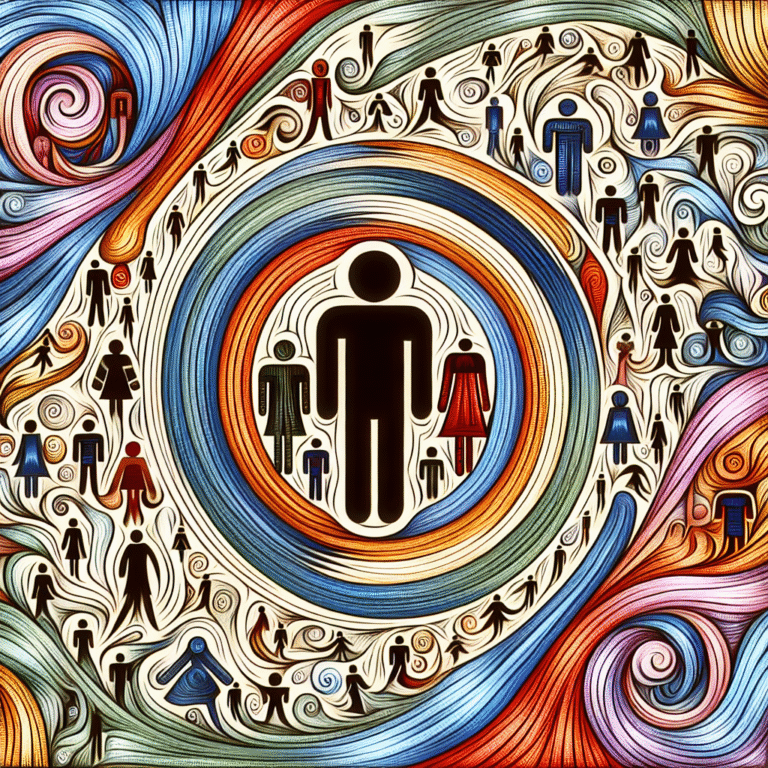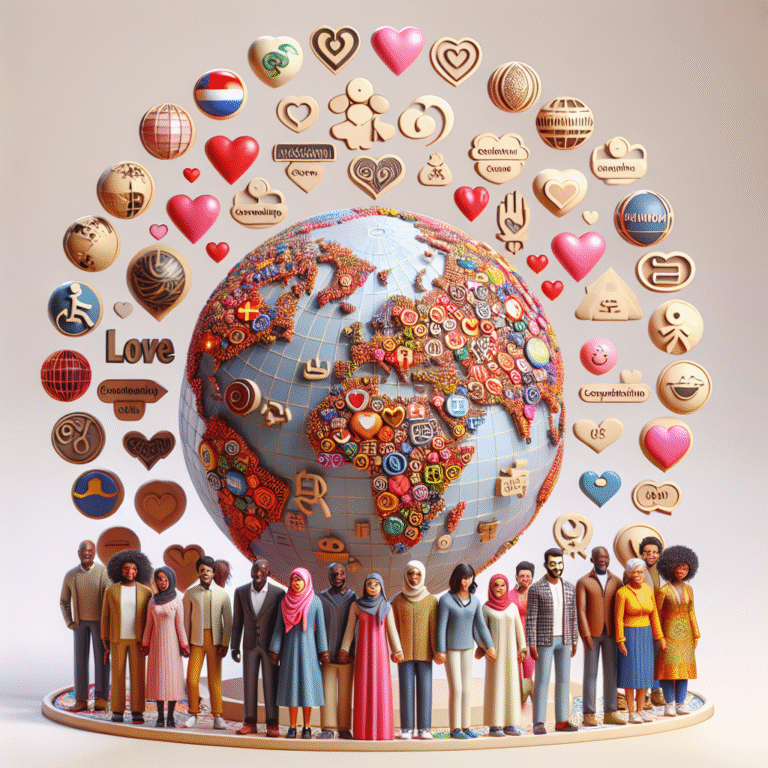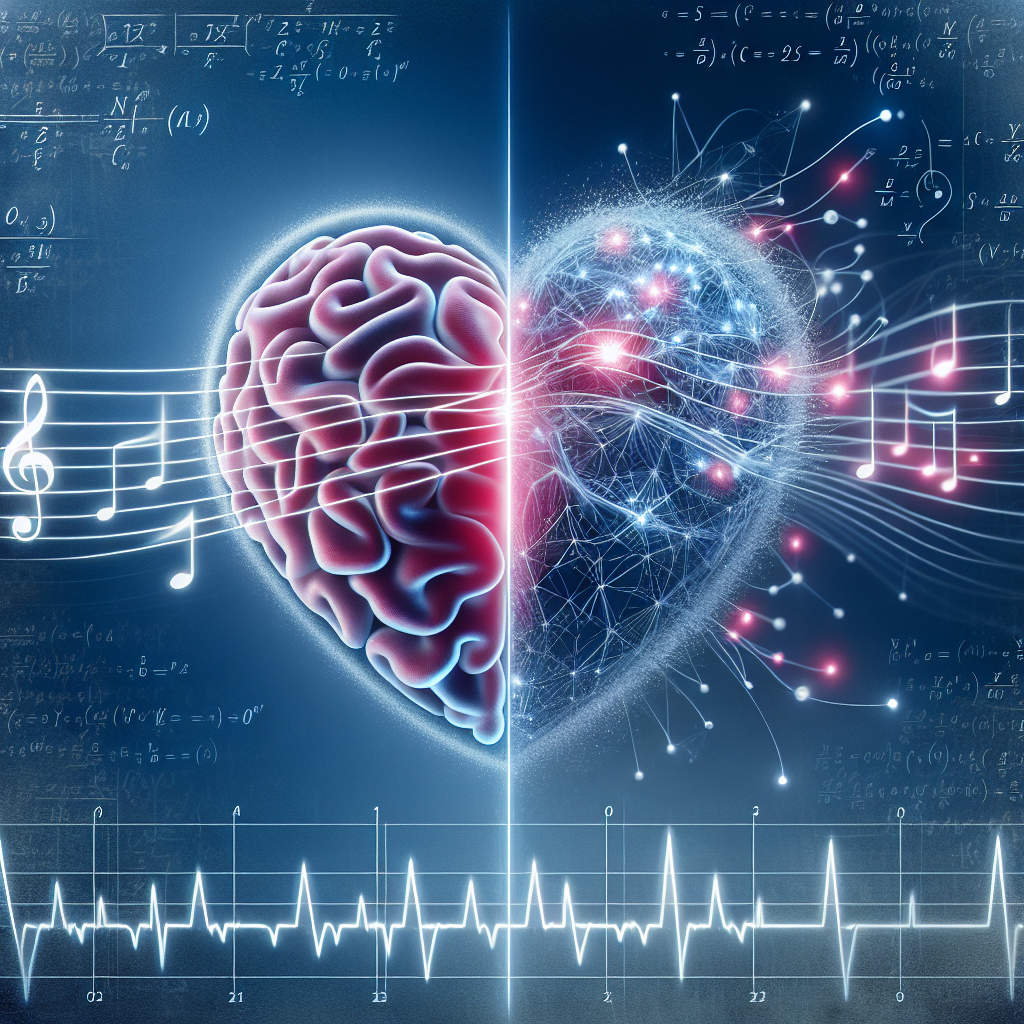
Introduction
Love is often described as the most profound emotion one can experience. It’s a force that can lift us to euphoric heights or plunge us into depths of despair. But have you ever wondered what exactly happens in our bodies and brains when we fall in love? In "From Brainwaves to Heartstrings: The Science of Love Unraveled," we embark on a fascinating journey to explore the complex interplay of hormones, neurotransmitters, and neural pathways that underpin this enigmatic feeling. This article dives deep into the science of love, offering valuable insights and captivating narratives to enhance your understanding of this universal emotion.
The Chemistry of Love: Hormones and Neurotransmitters
The Role of Dopamine: The Pleasure Chemical
One of the primary drivers of love is dopamine, often referred to as the "feel-good" neurotransmitter. According to a study published in Psychological Science, when individuals experience romantic love, their brains show increased dopamine activity, which enhances feelings of pleasure and reward. This is why falling in love often feels like an intoxicating experience.
| Neurotransmitter | Primary Effects |
|---|---|
| Dopamine | Increases pleasure and motivation |
| Oxytocin | Enhances attachment and bonding |
| Serotonin | Regulates mood and emotional stability |
Case Study: The "Love Drug"
A compelling experiment conducted by Dr. Helen Fisher utilized MRI scans to observe what happens in the brain when people view photographs of their romantic partners. The findings revealed that the reward pathways in the brain lit up, indicating a rush of dopamine as people gazed at their beloved. This study highlights the physiological basis of attraction and how it ties into our emotional experiences of love.
Oxytocin: The Bonding Hormone
Oxytocin, often dubbed the "cuddle hormone," plays a crucial role in deepening emotional bonds between partners. This hormone surges during intimate moments, including hugging and skin-to-skin contact, reinforcing feelings of trust and connection.
Analysis: The release of oxytocin can help mitigate anxiety and promote a feeling of safety in relationships, explaining why physical affection is essential for nurturing love.
The Power of Serotonin: The Emotional Balancer
While dopamine spikes when we fall in love, serotonin tends to dip, contributing to the obsession often felt during the early stages of a romantic relationship. According to research, this serotonin reduction mirrors the brain chemistry of individuals with obsessive-compulsive disorder, explaining why new love can feel so consuming.
The Brain’s Map of Love
Neural Pathways: A Love Story Told in Synapses
The brain is wired for love. Neuroimaging studies indicate that romantic love activates areas such as the ventral tegmental area (VTA) and the putamen, both associated with reward and motivation.
Table: Key Brain Regions Activated by Love
| Brain Region | Function |
|---|---|
| Ventral Tegmental Area | Associated with reward processing |
| Putamen | Plays a role in movement and motivation |
| Prefrontal Cortex | Involved in decision making and emotional regulation |
Love’s Impact on Mental Health
Understanding how love affects our mental well-being can provide insights into the physiological responses triggered by strong emotional connections. A loving relationship can lower cortisol levels, reducing stress and anxiety.
Case Study: Love and Longevity
Research by the American Journal of Epidemiology examined the link between strong romantic relationships and overall health. Participants in committed relationships reported lower levels of stress hormones, and couples showed greater resilience to health issues, highlighting love’s positive impact on longevity.
The Evolutionary Aspect of Love
The Biological Imperative: Love for Survival
From an evolutionary perspective, love serves critical functions in human survival. Pair bonding enhances offspring survival rates, encouraging parents to provide care and protection.
Analysis: The biological basis for love is not simply emotional; it’s also deeply rooted in our instinct to reproduce and ensure the continuation of our species.
Cultural Variations in Love
The experience of love is not solely a biological construct; cultural contexts also shape how love is perceived and expressed. For instance, in some cultures, arranged marriages are common, while others celebrate individual freedom in romantic pursuits.
Case Study: Love Across Cultures
A global study by Dr. J. W. Weng explored how love varies across different cultures. Findings indicated that while the emotional experience of love may be universal, its expression is culturally conditioned, revealing the complex tapestry of human relationships.
The Effects of Love on the Body
Physiological Responses: The Heart’s Connection
Falling in love can induce a range of physiological responses. Heart rate increases, and blood pressure can rise, creating the "butterflies in the stomach" sensation. These responses are regulated by a complex interplay of the nervous and endocrine systems.
Table: The Body’s Response to Love
| Physical Response | Description |
|---|---|
| Increased Heart Rate | More blood flows to muscles and organs |
| Sweating | A response to emotional excitement and anxiety |
| Change in Appetite | Often leads to either increased or decreased hunger |
Heartfelt Regeneration: Emotional Healing
Studies show that love and companionship can enhance healing, as emotional support lowers stress levels, promoting recovery.
Case Study: Love and Healing after Surgery
Research conducted at the University of California demonstrated that patients with strong emotional support experienced shorter recovery times and less anxiety post-surgery, emphasizing love’s healing power.
The Role of Attachment Styles in Love
Understanding Attachment Theory
Attachment theory posits that our early relationships with caregivers shape how we respond in romantic partnerships.
| Attachment Style | Characteristics |
|---|---|
| Secure | Healthy balance of intimacy and independence |
| Anxious | High need for reassurance; fears abandonment |
| Avoidant | Difficulty with emotional closeness |
Case Study: The Impact of Attachment Styles on Relationships
In a controlled study published by Journal of Personality and Social Psychology, researchers studied couples to see how their attachment styles influenced relationship satisfaction. They found that secure attachment styles often contributed to more fulfilling, stable partnerships, while anxious and avoidant styles created tension.
Love in the Age of Technology
Online Dating: The New Romance
The rise of dating apps has transformed how love is pursued in the modern age. While technology facilitates initial connections, can it replicate the depth of traditional courtship?
Analysis: Studies indicate that while online dating widens social circles, it comes with unique challenges, such as overwhelming choice and less face-to-face interaction, often highlighted by the “paradox of choice.”
Digital Love: Emotional Intimacy and Connectivity
Social media platforms can enhance connections, but they can also create misunderstandings or unrealistic expectations.
Case Study: Love in the Digital Era
A study from the Pew Research Center found that couples who effectively communicate via digital platforms report higher relationship satisfaction. This showcases how technology can complement, rather than replace, traditional forms of affection.
Conclusion: Embracing the Complexity of Love
In our exploration of the intricacies of love, we’ve journeyed from the neural pathways that light up in the presence of our beloved to the evolutionary imperatives that drive us to connect. The phrase "From Brainwaves to Heartstrings: The Science of Love Unraveled" encapsulates the beauty and complexity of this emotion that defines our existence.
This knowledge empowers readers to embrace love with a deeper understanding. Love is multifaceted; nurturing it requires effort, awareness, and an acknowledgment of both its joys and challenges.
FAQs
1. What chemicals are primarily involved in love?
Dopamine, oxytocin, and serotonin are key neurotransmitters that influence the experience of love.
2. Can love affect mental health?
Yes, being in a loving relationship can lower stress levels, reduce anxiety, and improve overall mental well-being.
3. How does attachment style influence relationships?
Attachment styles, developed from early caregiver relationships, shape how individuals connect and communicate in romantic partnerships.
4. What role does technology play in modern love?
Technology, through dating apps and social media, can facilitate connections but may also introduce challenges like miscommunication.
5. How can understanding love help relationships?
Understanding the science behind love allows individuals to foster healthier connections and navigate relationship challenges more effectively.
In "From Brainwaves to Heartstrings: The Science of Love Unraveled," we have explored that love is not just an emotion but a complex interplay of biology, psychology, and culture. As you pursue love and connection in your life, remember the profound depth that accompanies this powerful force. Embrace it, nurture it, and always seek to understand the mysterious heartstrings that tie us together.

